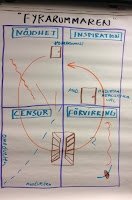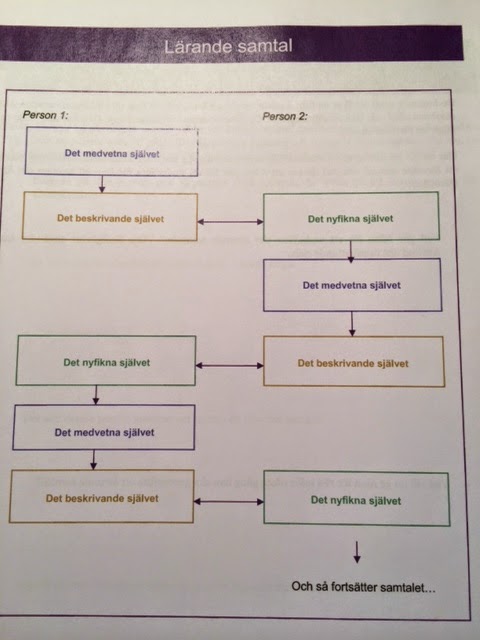Manage the pain of change
 I like condensed exformative blog posts about leadership, especially if they are about "organizational change management". So, I was very pleased when I found a link in my Intra to the post "How leaders can handle the pain of change", written by Melissa Lanier in the Linked 2 leadership blog.
I like condensed exformative blog posts about leadership, especially if they are about "organizational change management". So, I was very pleased when I found a link in my Intra to the post "How leaders can handle the pain of change", written by Melissa Lanier in the Linked 2 leadership blog.Melissa states "Very quickly, the people in an organization can go from positive and committed to actively disengaged. Change will fail if it is executed by disengaged people who are going through the motions to collect a paycheck. Leaders must connect with people and communicate through the pain of change to drive commitment".
She clarifies the 7 questions every leader must answer in order to properly handle the pain of change in your organization:
- Where are we going? As a leader, you must paint the picture of where this change is going to take your organization. Tie your change initiative to organizational vision and values so that all it makes sense for the people you lead.
- Who is supposed to change? Think about your team and anyone else impacted by the change. Where are they? Consider time zones, languages and cultural preferences. You may need to identify someone how can help you localize your content to make it relevant to global participants.
- What do they need to hear? Don’t just show up with a slick PowerPoint that tells everyone how your change is the top priority for the organization. Think about what people need to know to support your change. Define those critical messages in advance. Be consistent! Inconsistent communication makes all communication unreliable.
- How will I reach out to them? For a complex change, you might consider setting up a page on the company intranet. Perhaps you could use your voicemail system to send a general broadcast email. Could you print posters that give people information about your change? It is almost impossible to over communicate.
- How will I help them through the change? The best way to keep your organization productive and engaged during changes is to identify and address their concerns about the change. Leaders must admit that apprehension and concerns exist and then explain how the change will affect people personally.
- How will I hear what they have to say? Focus on creating dialogue with the people you are expecting to change. Ask how they feel about the change and solicit suggestions designed to make your change more effective. The important concept is to develop a conversation and allow the people who are being asked to change to have input into the change.
- How will we celebrate our success? Don’t underestimate the power of recognition in keeping employees engaged during change. When you are asking people to leave their comfort zone and change, it is critical to provide genuine appreciation and recognition.
Melissa concludes: Answering these questions should help you develop a plan to lead your people through change. Don’t forget the most important tool at your disposal to keep people actively engaged during change. You!


Kommentarer
Skicka en kommentar